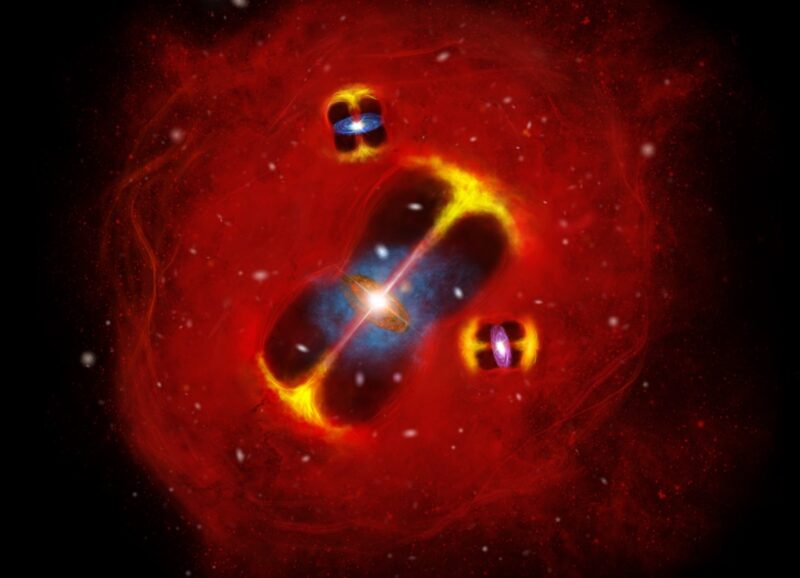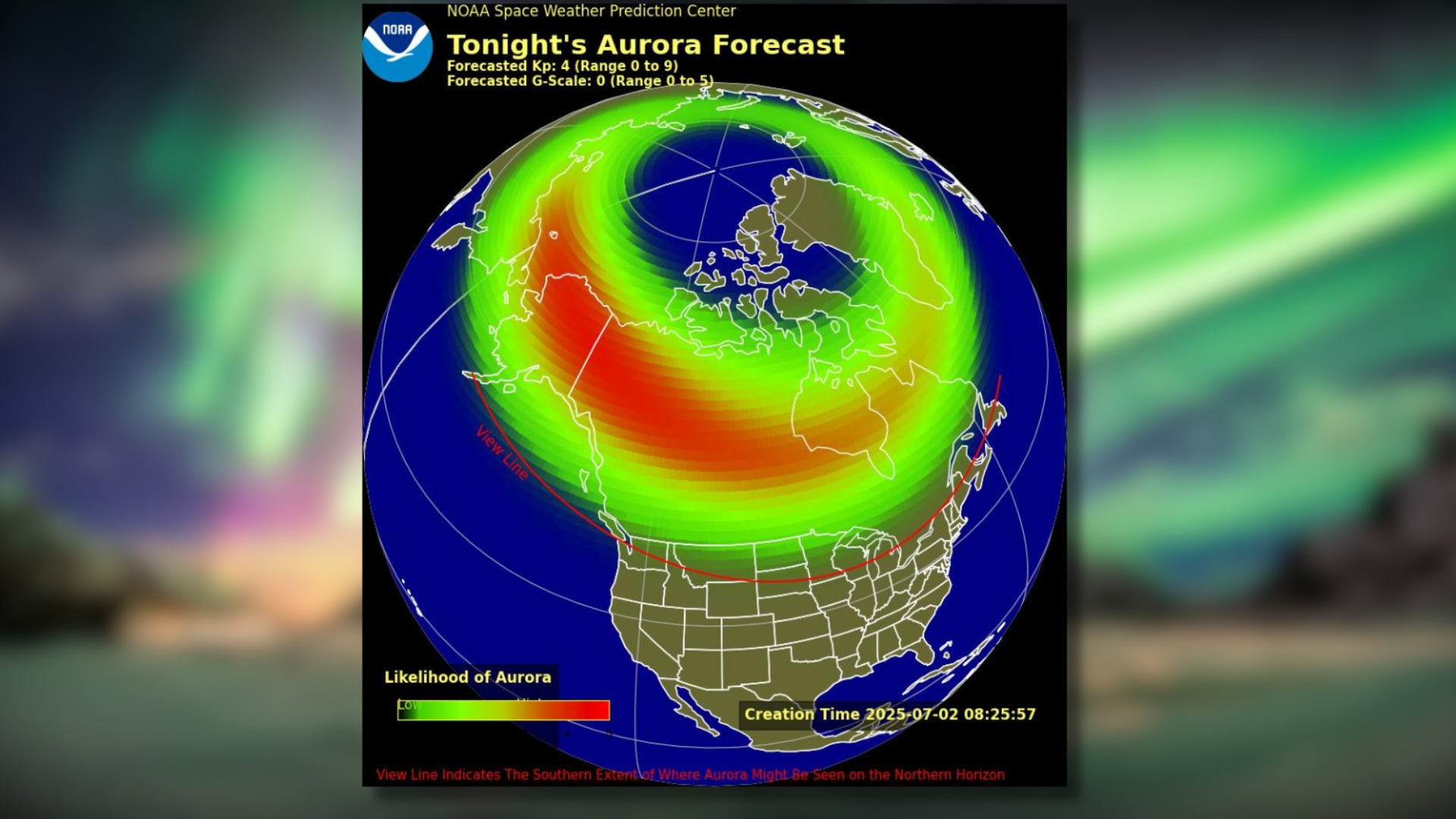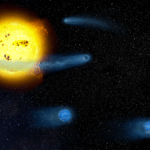Now Reading: Andromeda galaxy stuns in new images and sounds!
-
01
Andromeda galaxy stuns in new images and sounds!
Andromeda galaxy stuns in new images and sounds!
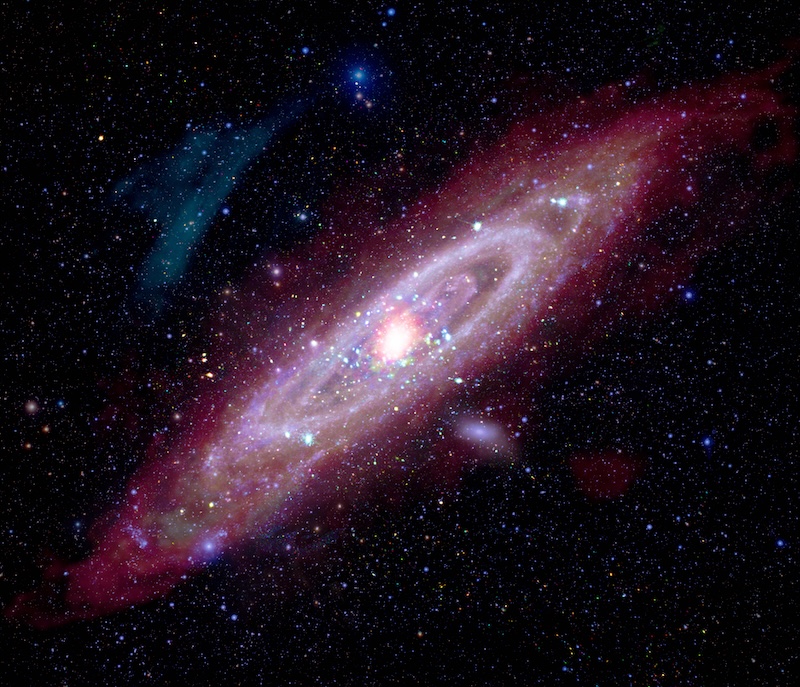

- The Andromeda galaxy is the nearest large galaxy to our own Milky Way. It is 2.5 million light-years from us.
- NASA has released a new composite image of Andromeda, combining images from multiple telescopes taken in various wavelengths.
- There is also a sonification of the composite image, where the different individual images are converted into sound.
A new composite of the Andromeda galaxy
The Andromeda galaxy is the nearest large galaxy to our own Milky Way. It is also a spiral galaxy, similar to the Milky Way, so by studying it, astronomers can learn more about our home galaxy as well. On June 25, 2025, NASA released a beautiful new composite image of Andromeda. The composite combines images and data from the Chandra X-ray Observatory, XMM-Newton, the retired GALEX and Spitzer telescopes, the Infrared Astronomy Satellite (IRAS), COBE, Planck, Herschel and Westerbork Synthesis Radio Telescope (WSRT). The various telescopes observed Andromeda in multiple wavelengths, including X-ray, infrared, ultraviolet, optical and radio waves.
The different wavelengths provide astronomers with their own unique details about the galaxy. This includes X-ray radiation around the supermassive black hole in the center of Andromeda.
In addition, the astronomers also released the data as a sonification – turning the data into sound – using the same wavelengths.
NASA dedicated the new Andromeda image to the late astronomer Vera Rubin.

Andromeda observed in various wavelengths
Andromeda is a massive spiral galaxy, much like our own Milky Way. At 2.5 million light-years away, it is the closest galaxy to our own, apart from the Milky Way’s smaller satellite galaxies. We can’t see our own galaxy like we do Andromeda, because we are embedded within it. Rather, our view is from the inside looking out instead of the outside looking in. So with this in mind, astronomers can study Andromeda for clues about how the Milky Way formed billions of years ago.
Like other spiral galaxies, Andromeda looks like a flattened disk. And, just like our Milky Way, it has spiraling arms of gas and dust arcing around a bright center. In each separate image, the orientation of Andromeda is the same. But the colors and other details are different depending on the wavelength the image was taken in.
For example, in radio waves, the spiral arms appear red and orange. But in contrast, the center of the galaxy is black and featureless. The outer spiral arms are a similar color in infrared, too. But you can also see a white spiraling ring around a blue center with a small golden core. In optical, the galaxy looks more gray and hazy. A small bright dot is visible in the center of the galaxy. Meanwhile, in ultraviolet, the spiral arms have an icy hue in blue and white. The dot in the center now looks like a hazy white ball.
Sonification of the Andromeda galaxy. Here, the images in the composite from different wavelengths are converted into sound. Video via NASA/ CXC/ SAO/ K.Arcand/ SYSTEM Sounds (M. Russo/ A. Santaguida).
The Andromeda galaxy, now with sound!
The sonification of Andromeda is featured in a 30-second video. It includes all the same data as the images, but the researchers separated out the image layer from each telescope. Then they rotated each layer and stacked them horizontally. The sequence is X-rays at the top and then ultraviolet, optical, infrared and radio. Subsequently, the researchers scanned the images from left to right, mapping each type of wavelength to a different series of acoustic notes. The mapping moves from low-energy wavelengths up to the highest, which are the X-rays.
The vertical location determines the pitch, while the brightness controls the volume.
#PPOD: The Andromeda galaxy, also known as Messier 31 (M31), is a glittering beacon in this image released on June 25, 2025, in tribute to the groundbreaking legacy of astronomer Dr. Vera Rubin, whose observations transformed our understanding of the universe. ? ? ???
— SETI Institute (@setiinstitute.bsky.social) 2025-06-27T15:02:14.599Z
The legacy of Dr. Vera Rubin
In addition, NASA has dedicate the new composite image of Andromeda to the late astronomer Vera Rubin. Rubin’s extensive observations of the universe included Andromeda. Her measurements of Andromeda’s rotation helped to show that galaxies are embedded in dark matter. Dark matter is the mysterious, invisible form of matter that scientists say 27% of the universe is composed of. Dark energy makes up 68% and only the remaining 5% is the ordinary matter in the universe that we can see with our own eyes.
And, speaking of Rubin, the new Vera C. Rubin Observatory in Chile just released its first stunning images of the universe. Check them out here!
Bottom line: NASA has released a stunning new composite image of the Andromeda galaxy. There is also a sonification, where the individual images are converted into sound.
Read more: See the first Rubin Observatory images here!
Read more: Millions of new solar system objects, now in technicolor!
The post Andromeda galaxy stuns in new images and sounds! first appeared on EarthSky.
Stay Informed With the Latest & Most Important News
Previous Post
Next Post
-
 01From Polymerization-Enabled Folding and Assembly to Chemical Evolution: Key Processes for Emergence of Functional Polymers in the Origin of Life
01From Polymerization-Enabled Folding and Assembly to Chemical Evolution: Key Processes for Emergence of Functional Polymers in the Origin of Life -
 02Two Black Holes Observed Circling Each Other for the First Time
02Two Black Holes Observed Circling Each Other for the First Time -
 03How New NASA, India Earth Satellite NISAR Will See Earth
03How New NASA, India Earth Satellite NISAR Will See Earth -
 04Thermodynamic Constraints On The Citric Acid Cycle And Related Reactions In Ocean World Interiors
04Thermodynamic Constraints On The Citric Acid Cycle And Related Reactions In Ocean World Interiors -
 05Φsat-2 begins science phase for AI Earth images
05Φsat-2 begins science phase for AI Earth images -
 06Hurricane forecasters are losing 3 key satellites ahead of peak storm season − a meteorologist explains why it matters
06Hurricane forecasters are losing 3 key satellites ahead of peak storm season − a meteorologist explains why it matters -
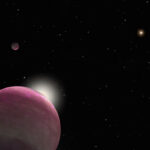 07Binary star systems are complex astronomical objects − a new AI approach could pin down their properties quickly
07Binary star systems are complex astronomical objects − a new AI approach could pin down their properties quickly












